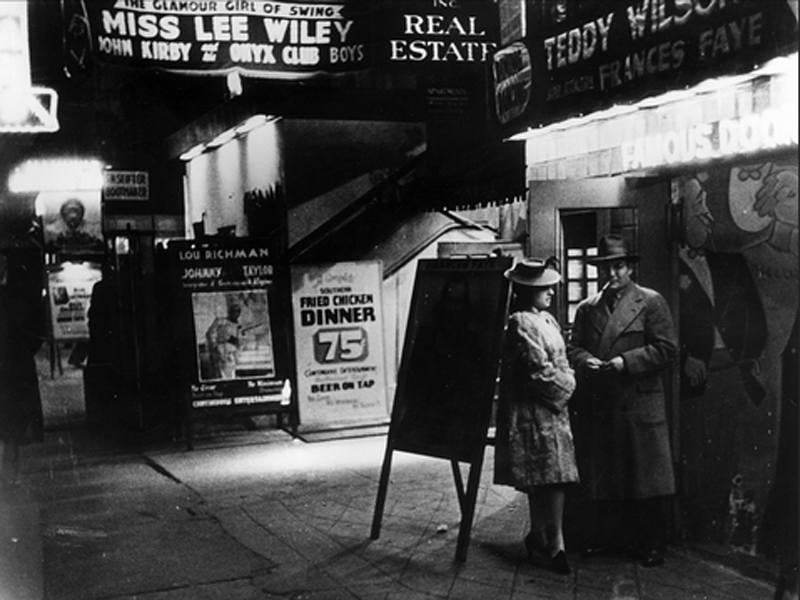


New York, New York - the cultural capital of the world, this American city has always been right at the forefront of the music industry. Today we’re showcasing some of the best jazz clubs in NYC - if you’re in town, you might want to check some of them out. That last part is still valid today, and the Big Apple jazz scene is alive and kicking. Not even prohibition could stop people going to jazz clubs in those days, and aspiring jazz musicians had to prove themselves on the NYC club scene before hitting the big stages. It was a time of changing rules and fashions, the era of automobiles, opulent parties, and innovative music. Others she knows from the jazz scene have already left the city or found work in real estate or at Amazon.The Roaring Twenties were, according to many, the best years in New York City’s history. Sandoval and Yamanaka have nonetheless performed outside restaurants, but the work feeds the soul more than the stomach.Ī grant Sandoval received in April from the Louis Armstrong Foundation has helped keep her afloat, along with unemployment insurance.
#New york city jazz clubs update#
New York State continues to look at the data and science - here and across the nation - and will update our guidelines accordingly.” “We must continue to take the threat of spreading COVID at mass gatherings seriously. “New Yorkers need to remember we are still fighting a global pandemic, and with dozens of states facing outbreaks,” William Crowley, an SLA spokesperson, said in an emailed statement. The latest: The State Liquor Authority, which licenses bars, last month forbade selling tickets or even advertising shows, barring anything other than “incidental” music.Ī coalition of mostly non-jazz clubs has filed a lawsuit challenging the rules. We couldn’t even do any of that.”Įven as they get creative to keep their clubs going with the doors shut, club owners say state regulators keep piling on obstacles. “We usually get together, play, celebrate. “Usually the jazz community gets tight, celebrates the masters of this music,” said pianist Miki Yamanaka, another Smalls regular. “And then something like this hits…and boom.” They’re surviving on the margin, but there’s enough clubs and there’s enough work for someone to break through,’” said Loren Schoenberg, founding director and senior scholar at the Smithsonian-affiliated National Jazz Museum in Harlem. “Up until the pandemic you could look the other way and say, ‘Well, they aren’t making money, clubs don’t pay well. Jazz, already on tenuous economic footing, has suffered particularly wounding blows, with the loss of paying gigs and touring opportunities for musicians. Singing, wind instruments, loud talking, crowding - all are hallmarks of jazz clubs that also are known to propel virus transmission. They need something to keep musicians alive in the city, if there’s not going to be any gigs at all.” ‘Facing Extermination’Īll of the city’s ticketed live performances have been on hold since late March under Gov. “I want us to be mindful of this virus,” he said. Wilner said he’s facing bankruptcy if he cannot reopen by January. Since March, the foundation has kept Smalls alive - barely. Before it’s doors closed, Smalls depended on the proceeds of ticket and drink sales. The foundation acts as an emergency fund for artists, and pays royalties to musicians whose videos can be streamed from a library of over 15,000 archived shows.


 0 kommentar(er)
0 kommentar(er)
